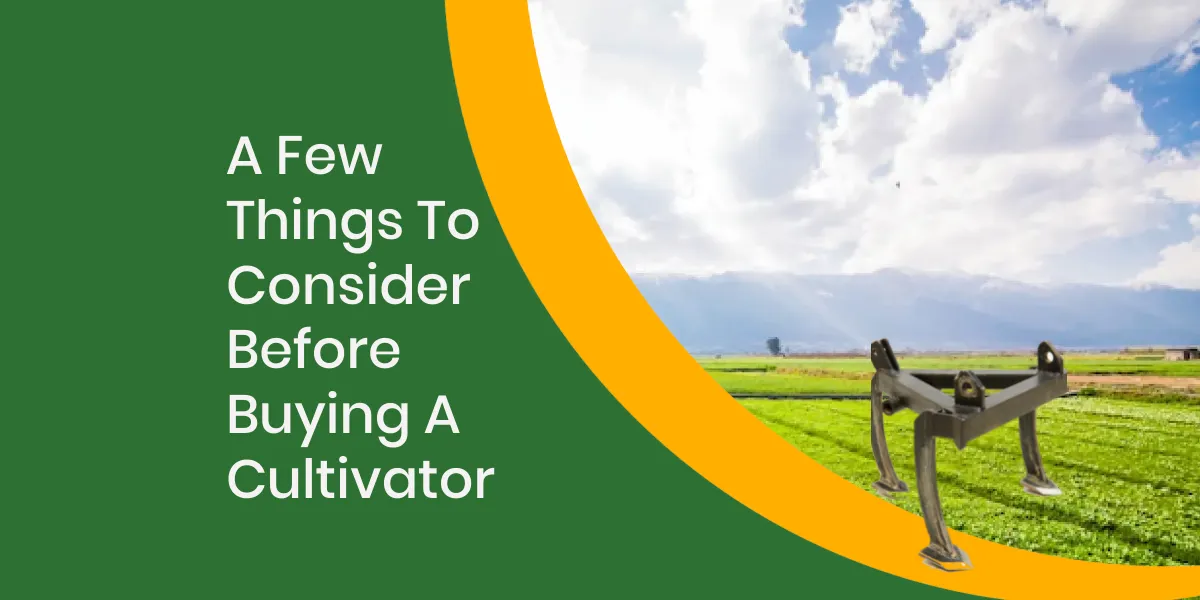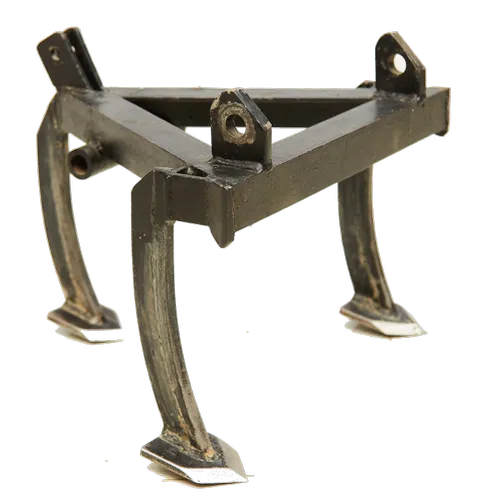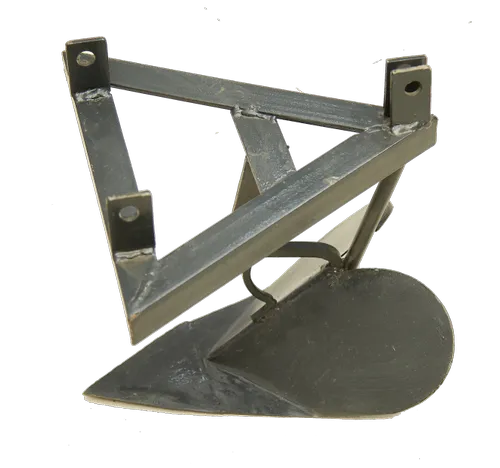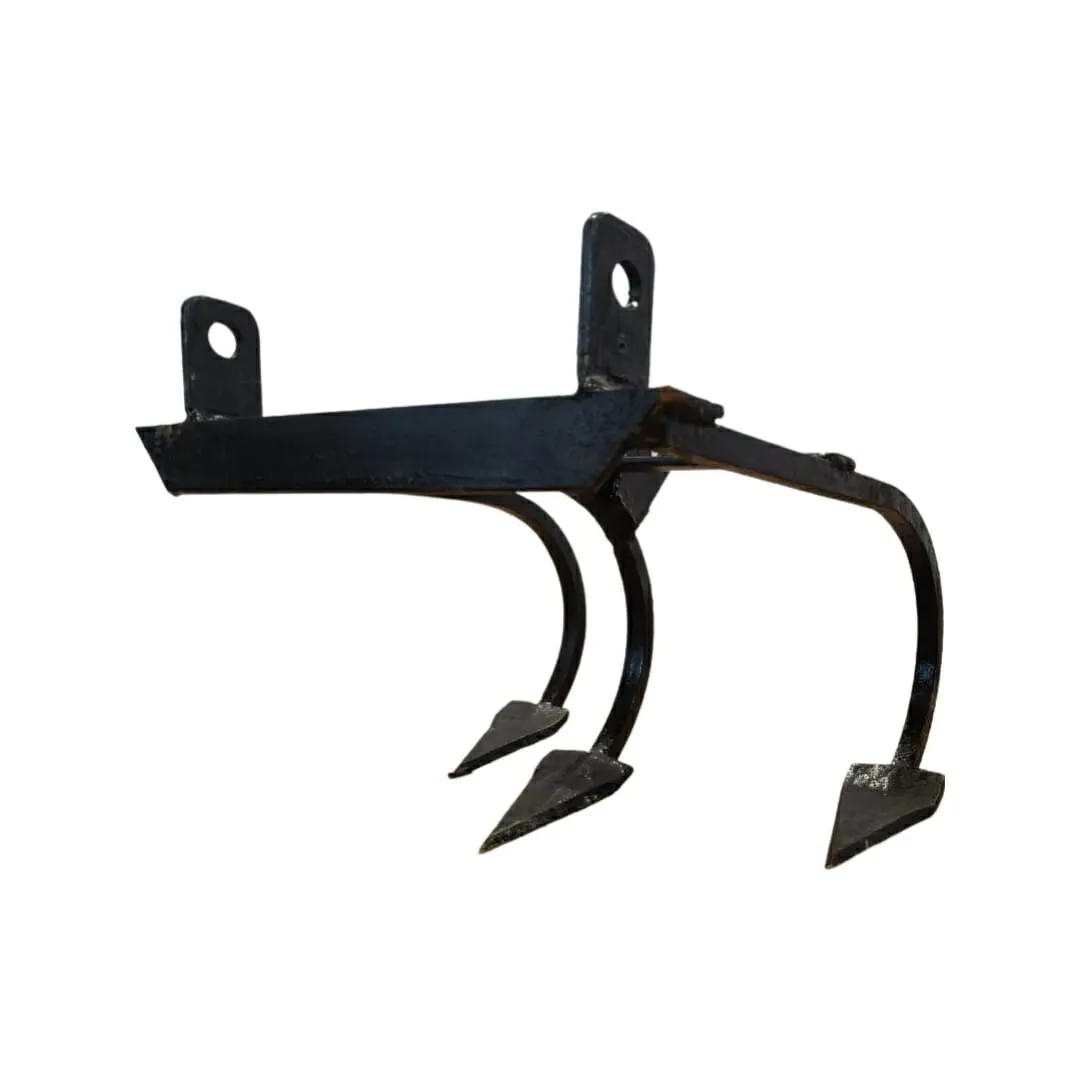A Few Things To Consider Before Buying A Cultivator
A cultivator is a farming machine used by the farmer to loosen hard soil surfaces, distributing equal amounts of fertilizer in each part of the land and removing unwanted plants and weeds from the soil as well. A cultivator is a type of machinery used for tilling and cultivating soil. We are all familiar with the condition of the soil which can be inappropriate at times for growing crops. The soil can become very hard and rigid making it difficult to plant seeds in the soil. Therefore, the basic and simple use of the cultivator is to improve the quality of the soil before seeding it.
A cultivator scratches the soil to a given depth to pull and pulverize the weeds and their roots. It also helps aerate the soil and improves the soil structure immediately after the cultivation/tilling.
1. The Factors To Consider When Buying A Cultivator
1. Garden Size :
The size of your land plays a vital role in deciding the type of cultivator. For a small garden of less than 1,500 square feet, you can use a small cultivator... For a medium-sized garden, you may need a medium-sized cultivator with a 5-horsepower engine. For gardens larger than 6,000 square feet, you will need a heavy-duty cultivator with at least a 6-horsepower engine.
2. Use :
The way you plan to use the cultivator is to be considered as well. If you need to break up heavy clay for a new bed, consider buying or renting a large machine. Heavy-duty cultivators often come with attachments, such as a wood chipper or wagon. They are ideal for people who have large yards and many projects.
For breaking down loamy or sandy soils, a medium size cultivator is suitable for annual garden maintenance. The small cultivator is suitable for preparing established beds. Many small cultivators have attachments such as mid-tillers for weeding in the garden or on lawn edgers. Some of the smaller models are very powerful.
3. Weight And Maneuverability :
If you're a small woman, wrangling a 200-pound cultivator won't be pleasant. Many large cultivators are cumbersome and awkward to turn or maneuver. On the other hand, they dig into hard, clay soil better than lightweight cultivators, which tend to bounce off these surfaces. Medium-sized cultivators usually weigh between 100 and 200 pounds.
4. Design :
When you start buying a cultivator, you will hear a lot of discussion about front-tine, rear tine, and counter-rotating cultivators. The front-line cultivator places the tines at the front of the machine and the wheels at the rear. The challenge with these cultivators is that the wheels roll over the ground you have just tilled, compacting it. The rear tine cultivator places the tines at the rear and wheels at the front, thus eliminating the compaction problem. Reverse rotation machines have sharp tines moving in the opposite direction. Most machines on the market today have rear tines.
5. Power Source :
The type of fuel used in cultivators varies depending on the size of the machine and the manufacturer. There are several electric mini-tillers available as well. Simply plug them in and they are ready to go. These machines aren't always as powerful as gasoline engines, but they are quiet, simple, and reliable.
2. Conclusion
In the above blog, we have covered the uses and benefits of rotavators. The rotavator will make a perfect seedbed in fewer passes. It is the ideal implementation for cash crop farmers who bury and incorporate crop residues immediately. There are different types of rotavators available in the market. depending on your agricultural needs you can choose accordingly.
D O N T M I S S O U T !
Are Farmers Ready For The Electric Revolution? - Electric Vehicles And Agriculture
T O K N O W M O R E A B O U T U S
Reach Out
Address
497, Major Asha Ram Road, Sihani Rd, Siddiq Nagar, Ghukna, Ghaziabad, Uttar Pradesh 201001, India
© Sukoon Solutions | 2023 | All right reserved.






